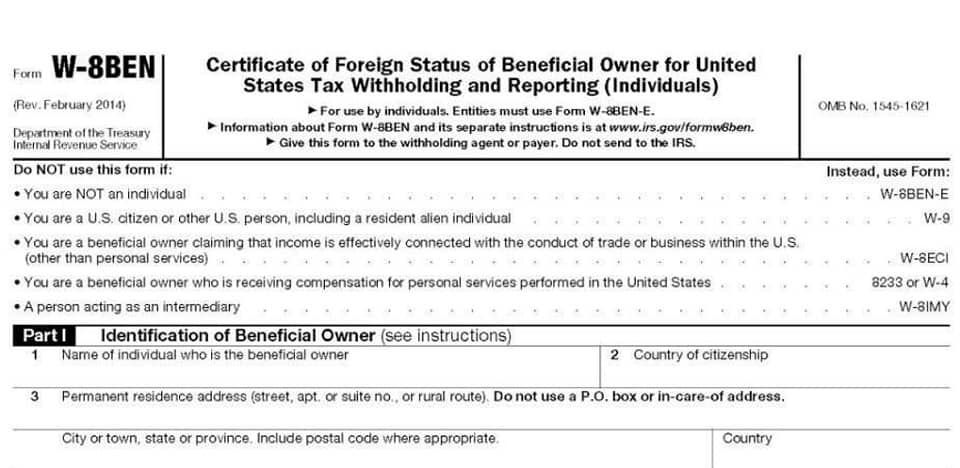How to Calculate Stockholders Equity?

Thus, a shareholder concerned for his earnings will also be concerned for the company. Therefore, debt holders are not very interested in the value of equity beyond the general amount of equity to determine overall solvency. Shareholders, however, are concerned with both liabilities and equity stockholders equity formula accounts because stockholders equity can only be paid after bondholders have been paid.
- When management repurchases its shares from the marketplace, this reduces the number of outstanding shares.
- David is comprehensively experienced in many facets of financial and legal research and publishing.
- Total equity less preferred equity divided by the number of outstanding shares is the BVPS formula.
- By comparing a company’s ROE to the industry’s average, something may be pinpointed about the company’s competitive advantage.
- The first way to calculate shareholders equity is to use the Accounting Equation or Balance Sheet Equation.
- Stockholders’ equity measures the ratio of assets to liabilities in a company.
Why do equity investors care about shareholders equity
Retained earnings play a vital role in stockholders’ equity, reflecting how well a company manages its profits. In other words, if ABC Widgets liquidated all of its assets to pay off its debt, the shareholders would retain 75% of the company’s financial resources. In this case, the total equity (market value) will not equate total shareholder equity (book value). Shareholders equity is the value obtained by taking a company’s total balance sheet assets less total balance sheet liability. Let’s look at Apple Inc’s consolidated balance sheet to calculate its shareholders equity.
How to Calculate Total Expenses From Total Revenue and Owners’ Equity

It also shows how much shareholders might receive in the event that the company is forced into liquidation. The common shareholders equity is the value of the common shares on a company’s balance sheet. A positive shareholder equity value shows that a company has enough assets on its balance sheet to cover all its debts and liabilities whereas a negative shareholder equity value shows the opposite. In https://www.bookstime.com/articles/c-corporation the stock market, shareholders’ equity (or owners’ equity for privately held companies) represents the difference between a company’s assets and liabilities. If all of the company’s assets were liquidated and used to pay off debts, the shareholders’ equity is the amount that would be left over.
What Is Included in Total Equity?

The image below from CFI’s Financial Analysis Course shows how leverage increases equity returns. Shareholders consider this to be an important metric because the higher the equity, the more stable and healthy the company is likely to be. But an important distinction is that the decline in equity value occurs due to the “book value of equity”, rather than the market value.

For mature companies consistently profitable, the retained earnings line item can contribute the highest percentage of shareholders’ equity. In these types of scenarios, the management team’s decision to add more to its cash reserves causes its cash balance to accumulate. Stockholders’ equity, also known as shareholder equity, is the total amount of assets that a company would retain if it paid all of its debts. Then we add back the $50 in common stock dividends and finish up by subtracting the $100 in newly issued common stock. When speaking of actual equity, you are effectively taking into account the whole market value of the company’s assets minus the sum of its liabilities.
- Shareholders, however, are concerned with both liabilities and equity accounts because stockholders equity can only be paid after bondholders have been paid.
- This often results in a higher stock price, benefiting remaining shareholders by increasing the value of their holdings.
- With this information, we can work our way backward to figure out beginning stockholders’ equity.
- Stockholders’ equity, also known as shareholders’ equity, represents the ownership interest of the shareholders in the corporation.
- In general, both negative and extremely high ROE levels should be considered worth investigating.
What Causes ROE to Increase?
In terms of payment and liquidation order, bondholders are ahead of preferred shareholders, who in turn are ahead of common shareholders. Dividend payments by companies to its stockholders (shareholders) are completely discretionary. Companies have no obligation whatsoever to pay out dividends until they have been formally declared by the board. There are four key dates in terms of dividend payments, two of which require specific accounting treatments in terms of journal entries. There are various kinds of dividends that companies may compensate its shareholders, of which cash and stock are bookkeeping the most prevalent.
Asset Sale vs Stock Sale (Differences: All You Need To Know)

The account demonstrates what the company did with its capital investments and profits earned during the period. Remember, a company’s balance sheet should always balance, meaning the total assets should equal the sum of total liabilities and stockholders’ equity. Using the return on equity ratio, equity investors can determine the return the company made on their equity investment (ROE).

Post Comment